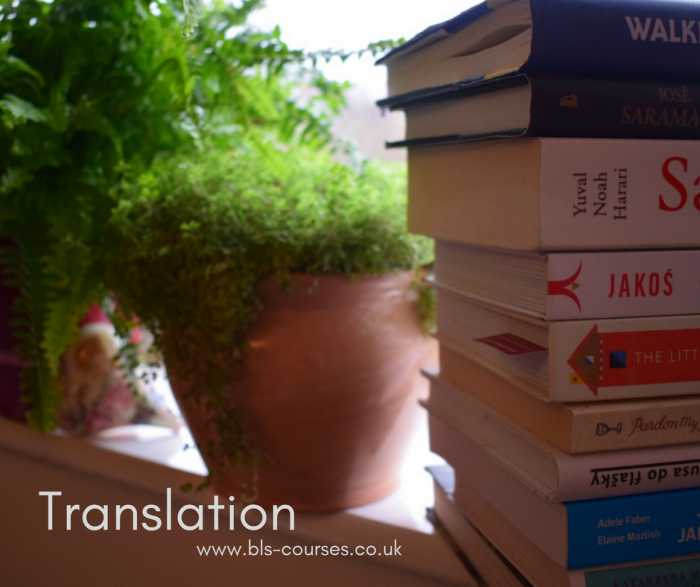As well as language lessons, BLS offers a translation service. We also encourage our students who are interested in translation as a career to have a go at it. In this blog post, Suzannah, one of our translators, shares tips from her experience on how to translate texts effectively. Suzannah translates into English from French, Italian, Dutch and Spanish and has been working as a freelance translator since 2015. She has a DipTrans IoLET and is currently studying public service interpreting too. We hope her tips will help our readers who want to try their hand at translation to find their feet and improve as translators. Please let us know what you think and if you have any other tips you would like to share!
Know Your Text Type
When you study translation, you are advised to read any text you have received all the way through before translating it. This can be useful when you are starting out because it gives you a feel for the types of texts you will be translating but becomes impractical when you are working as a translator and have deadlines to meet – imagine reading a whole report or even a whole book, cover to cover, before you start to translate it. You just wouldn’t have time. You would also be itching to translate what you are reading and most likely won’t be able to resist the urge to do so before reaching the end. Some jobs also require a sight translation to be done so you would definitely not have the opportunity to read all the way to the end without starting the translation in those cases.
Don’t worry though, because there are ways to prepare yourself for translating a text even without knowing its full content before you begin. For example, clients asking you to do a translation for them may tell you the field the text covers in the translation brief they send you – or, failing that, you can usually tell what field you are dealing with by casting your eye over the first few lines of the text. You will also likely know the type of publication that the text was published in and which the translation is going to be published. These hints will alert you to the type of vocabulary, register, style and format that you will need to use in your translation.
Keep Glossaries
If you translate similar texts regularly (or even if you don’t), it is likely that you will come across the same words or turns of phrase with some frequency. It is helpful to keep a record of how you have translated a particular word or expression previously so that you can remind yourself if you come across that word or phrase again (especially helpful when you find the perfect translation for a term or phrase you were stuck on before). You will find that your lists will improve over time as you will have more time to think about a particular translation and come up with alternatives. You can also keep glossaries of terms used in certain fields that you can prepare in your spare time between translations and go to them when you need that vocabulary.
Use the Internet
An internet search engine is an extremely useful tool for the translator. If you are unsure of the translation of a term, you can look it up in online dictionaries that may also have example translations from existing texts where the term features. You can also search your chosen translation to check if the way you have written it is correct (good for idiomatic expressions and cultural references). You can even find whole texts written in the field you are translating in so you can check the types of vocabulary used – and, if you are lucky, you may find an existing bilingual glossary for that field.
Come Back to It
If you cannot decide which of a variety of possible translations you want to use, put them all down and then make the decision when you are rereading your translation – go with the one that works best in the target language. If you are unsure of a translation, but don’t want to interrupt your flow, mark the unknown word and come back to it later. When you have finished, go back to the beginning – you should always read through your translation to make sure it flows and reads well as a coherent text in the target language.
Get Plenty of Practice
As with all things, practice makes perfect – so the more texts of different types you translate, the better you will become. You don’t have to wait to be asked to do a translation – you can practise for fun as well. Experiment with different fields. If you can, also read other people’s translations to get an idea of how they translate certain things.
Read Widely
Read all kinds of texts – whatever you can get your hands on – in your source language(s) (the language(s) you are translating from) and your target language(s) (the language(s) you are translating into). You need to have a good understanding of source texts in all different genres but you also need to have a very good grasp of the target language and write well and accurately in it.
Enjoy What You Do
The best way to get better at something is to enjoy doing it – so, if you love translation, keep doing it because you clearly have a flair for it and will be interested enough to keep improving. Have fun!
Suzannah Young

